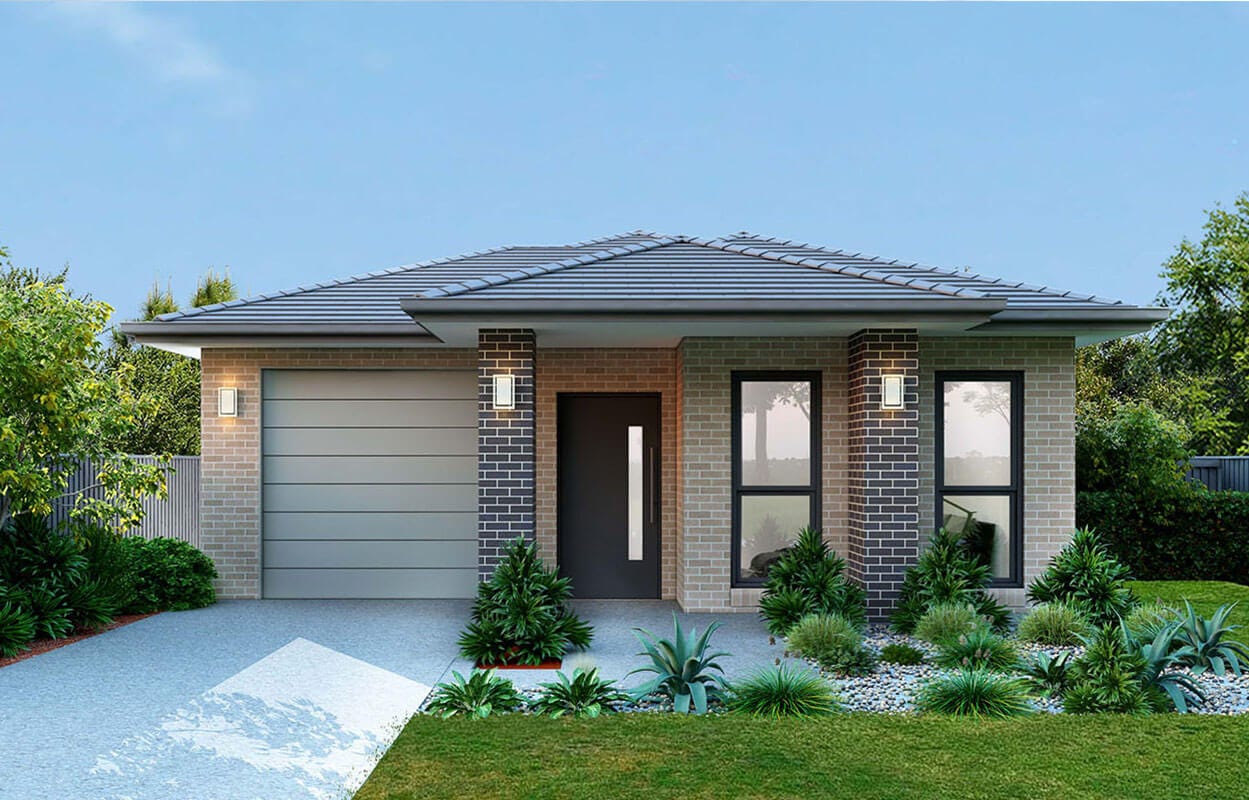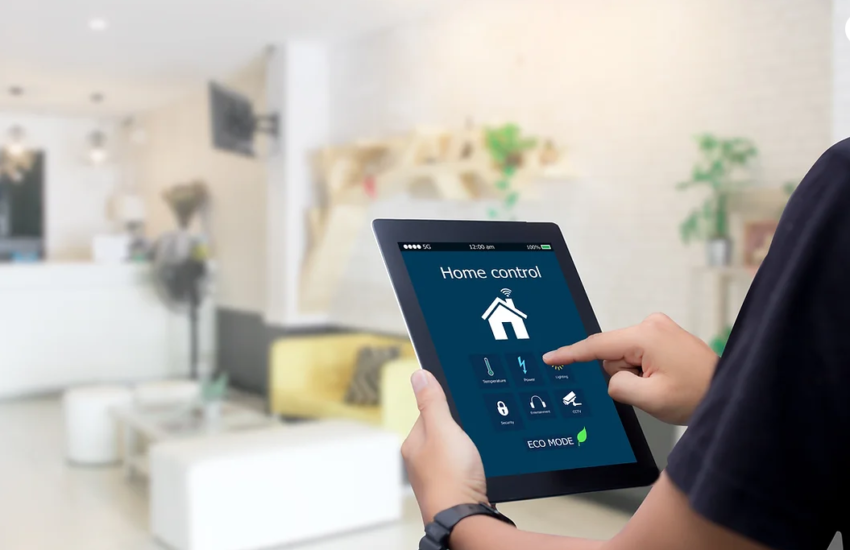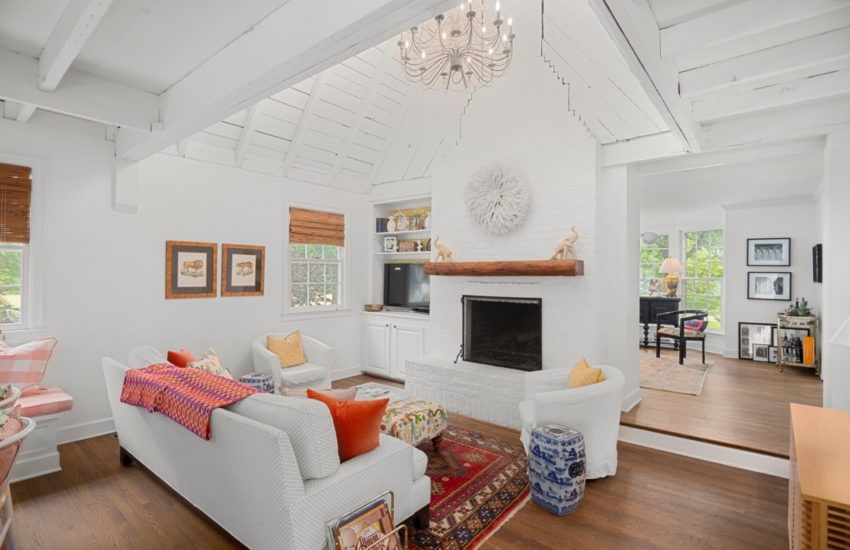Crafting a Sustainable Home Design for a Greener Future
In today’s world, sustainability has become more than just a buzzword – it’s a way of life. As we become increasingly aware of the impact our actions have on the environment, many homeowners are turning to sustainable home design as a solution. From reducing energy consumption to minimizing waste, there are countless ways to create a greener living space that benefits both the planet and its inhabitants.
Understanding Sustainable Home Design
Sustainable home design, also known as green building or eco-friendly design, focuses on creating homes that are energy-efficient, environmentally friendly, and healthy to live in. This approach considers the entire lifecycle of a building – from its construction materials to its energy usage and eventual disposal – with the goal of minimizing negative impacts on the environment.
Key Principles of Sustainable Home Design
1. Energy Efficiency
One of the primary goals of sustainable home design is to reduce energy consumption. This can be achieved through various means, such as:
- Proper insulation: Ensuring that your home is well-insulated helps maintain a comfortable indoor temperature year-round, reducing the need for heating and cooling.
- Energy-efficient appliances: Opting for appliances with high energy efficiency ratings can significantly lower your household energy usage.
- Renewable energy sources: Incorporating renewable energy sources like solar panels or wind turbines can further reduce your reliance on fossil fuels.
2. Water Conservation
Water is a precious resource, and sustainable home design seeks to minimize its waste. Strategies for water conservation include:
- Low-flow fixtures: Installing low-flow toilets, faucets, and showerheads can significantly reduce water usage without sacrificing performance.
- Rainwater harvesting: Collecting rainwater for outdoor use, such as watering plants or flushing toilets, helps conserve potable water resources.
- Xeriscaping: Designing landscaping that requires minimal water usage, such as native plants and drought-resistant vegetation, can help reduce outdoor water consumption.
3. Use of Sustainable Materials
Choosing environmentally friendly building materials is another essential aspect of sustainable home design. This may involve:
- Recycled materials: Utilizing materials made from recycled content, such as reclaimed wood or recycled glass countertops, helps reduce the demand for virgin resources.
- Renewable materials: Opting for materials that can be sustainably harvested or replenished, such as bamboo flooring or cork insulation, minimizes environmental impact.
- Non-toxic materials: Selecting materials that are free from harmful chemicals, such as VOC-free paints and formaldehyde-free insulation, promotes indoor air quality and occupant health.
4. Passive Design Strategies
Passive design techniques leverage natural elements to enhance comfort and reduce energy usage. Examples include:
- Proper orientation: Designing your home to maximize natural daylighting and passive solar heating can reduce the need for artificial lighting and heating.
- Natural ventilation: Incorporating features like operable windows, clerestory windows, and cross-ventilation allows for effective airflow and cooling without the need for mechanical systems.
- Thermal mass: Utilizing materials with high thermal mass, such as concrete or stone, helps regulate indoor temperatures by absorbing and releasing heat slowly.
The Benefits of Sustainable Home Design
Embracing sustainable home design offers a wide range of benefits, including:
- Reduced environmental impact: By minimizing energy consumption, water usage, and waste generation, sustainable homes help protect natural resources and reduce greenhouse gas emissions.
- Lower operating costs: Energy-efficient features and renewable energy systems can lead to significant savings on utility bills over time, offsetting the initial investment in green building materials and technologies.
- Improved indoor air quality: Using non-toxic materials and implementing effective ventilation strategies promotes a healthier indoor environment, reducing the risk of respiratory issues and other health problems.
- Enhanced resale value: As awareness of sustainability grows, eco-friendly homes are becoming increasingly desirable in the real estate market, potentially fetching higher prices and attracting eco-conscious buyers.
Creating Your Sustainable Dream Home
Whether you’re building a new home or renovating an existing one, incorporating sustainable design principles can help you create a healthier, more environmentally friendly living space. From energy-efficient appliances to eco-friendly building materials, every choice you make has the potential to make a positive impact on the planet and future generations.







